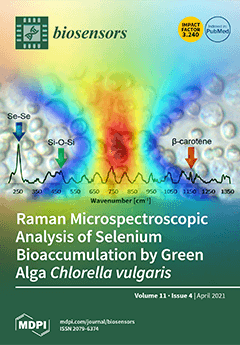During the last decennium, it has become widely accepted that ubiquitous bacterial viruses, or bacteriophages, exert enormous influences on our planet’s biosphere, killing between 4–50% of the daily produced bacteria and constituting the largest genetic diversity pool on our planet. Currently, bacterial infections
[...] Read more.
During the last decennium, it has become widely accepted that ubiquitous bacterial viruses, or bacteriophages, exert enormous influences on our planet’s biosphere, killing between 4–50% of the daily produced bacteria and constituting the largest genetic diversity pool on our planet. Currently, bacterial infections linked to healthcare services are widespread, which, when associated with the increasing surge of antibiotic-resistant microorganisms, play a major role in patient morbidity and mortality. In this scenario,
Pseudomonas aeruginosa alone is responsible for ca. 13–15% of all hospital-acquired infections. The pathogen
P. aeruginosa is an opportunistic one, being endowed with metabolic versatility and high (both intrinsic and acquired) resistance to antibiotics. Bacteriophages (or phages) have been recognized as a tool with high potential for the detection of bacterial infections since these metabolically inert entities specifically attach to, and lyse, bacterial host cells, thus, allowing confirmation of the presence of viable cells. In the research effort described herein, three different phages with broad lytic spectrum capable of infecting
P. aeruginosa were isolated from environmental sources. The isolated phages were elected on the basis of their ability to form clear and distinctive plaques, which is a hallmark characteristic of virulent phages. Next, their structural and functional stabilization was achieved via entrapment within the matrix of porous alginate, biopolymeric, and bio-reactive, chromogenic hydrogels aiming at their use as sensitive matrices producing both color changes and/or light emissions evolving from a reaction with (released) cytoplasmic moieties, as a bio-detection kit for
P. aeruginosa cells. Full physicochemical and biological characterization of the isolated bacteriophages was the subject of a previous research paper.
Full article






